 Click on image for the ADVrider link
Click on image for the ADVrider link Why: A sporty ADV bike?
Where: Bakersfield, California
Price: $10,000 OBO
It's been 12 years since the introduction of this model but I'm still a little befuddled as to why the big V4 was developed into an adventure-style bike. I add the word "style" here because the bike was never really intended to be a serious off-road contender in the big-bike ADV wars — this is a street-oriented bike, as suggested by its Euro-name, "Crosstourer." And I guess that's the key; this genre has effectively replaced the traditional sport touring models, i.e. Honda ST1300, Yamaha FJR1300, etc. Comfort, practicality, weight savings, and the realization that triple-digit touring speeds is not a thing anymore, if it ever was. Not great sales successes in general, the VFR800X (Crossrunner) and VFR1200X left Honda's lineup in 2021. Only the 1200 was available in the U.S., and I think only for the 2016 & '17 model years. The engine was a re-tuned version of the 1200F, with lower horsepower but a broader torque spread.
I found this interesting example listed on ADVrider.com. Showing 10,301 miles, the colorway has been changed to a Nicky Hayden RC51 look, unique and better-looking, compared to the original staid black. The sporty looks have been carried over to the seller's choice of modifications — a long list of comfort and performance items, from suspension upgrades to cruise control and much more. This is the DCT version, and one of more interesting changes is the addition of a rear brake lever attached to the left handlebar — there's no clutch, so the seller simply brought the rear brake to the handlebar…interesting. And I should mention the change to the 1200F rear wheel — the very cool rim-spoke original rim has been replaced with the cast version to accommodate a wider tire. The seller states that all stock parts are included as well as records and receipts. Visit the listing for all the details.
The asking price initially struck me as on the high side, but after some research, it seems to be in line with others offered for sale, and none that I found with such extensive/expensive farkles. Some lucky new owner is destined for lots of long-distance adventures on this unique VFR.




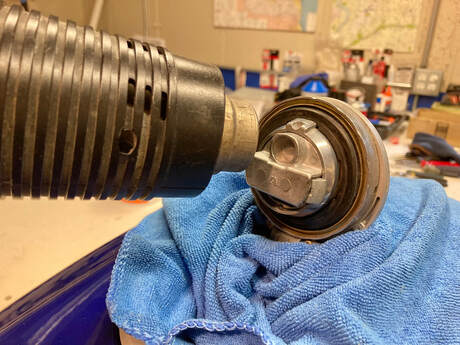
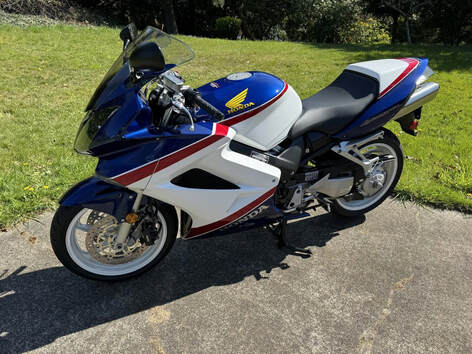
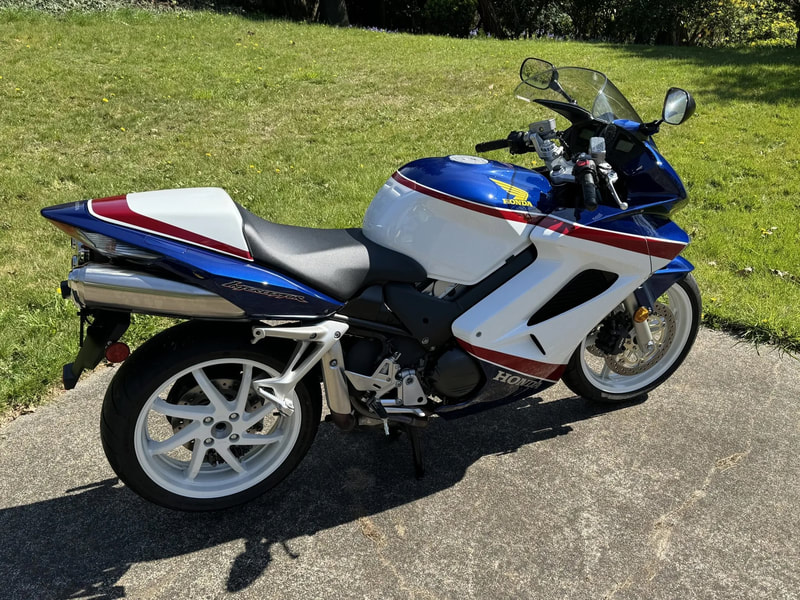
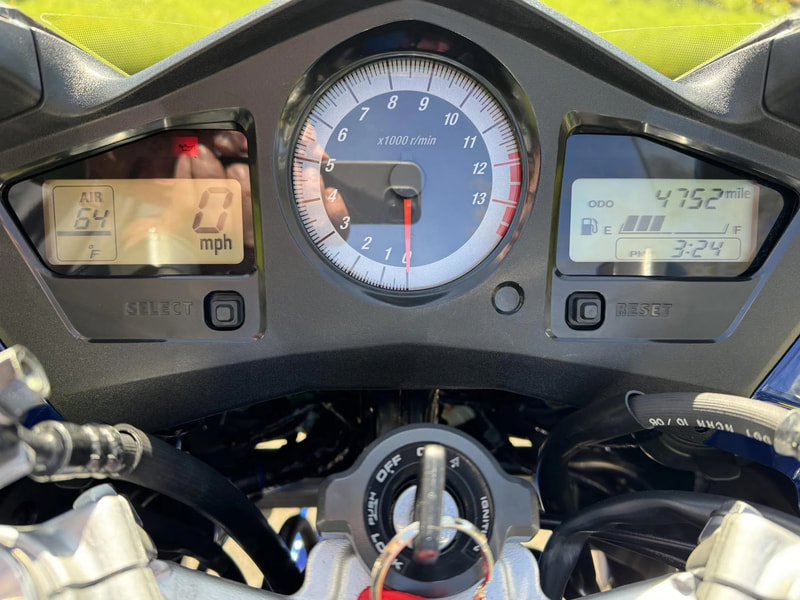
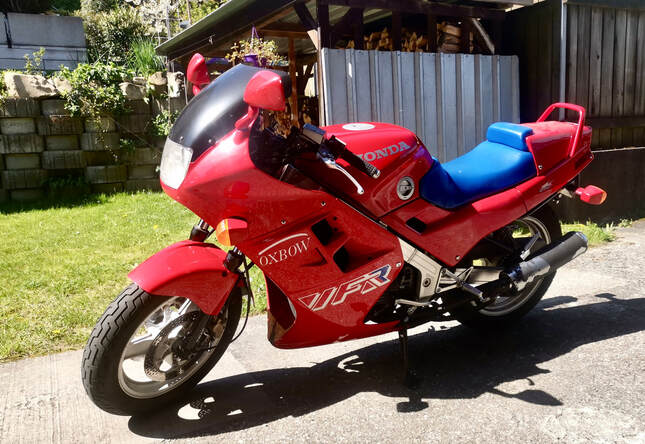
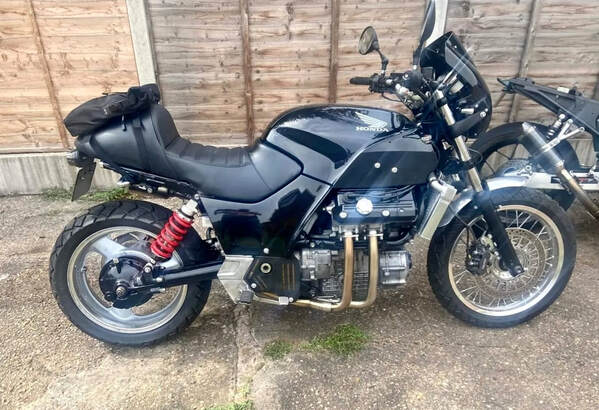
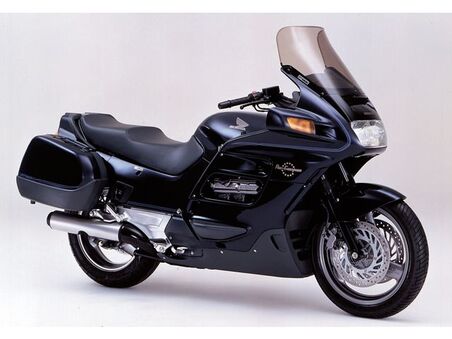

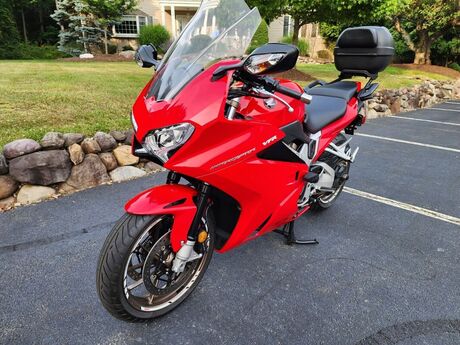
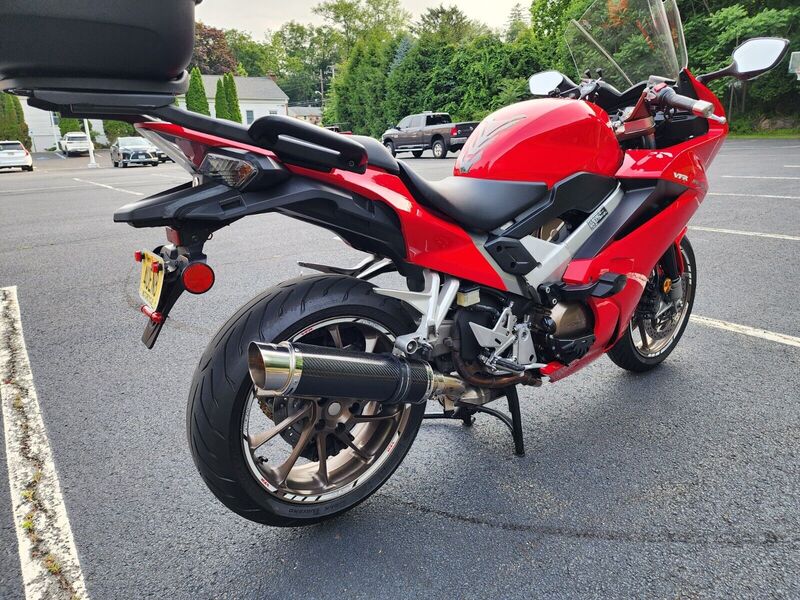
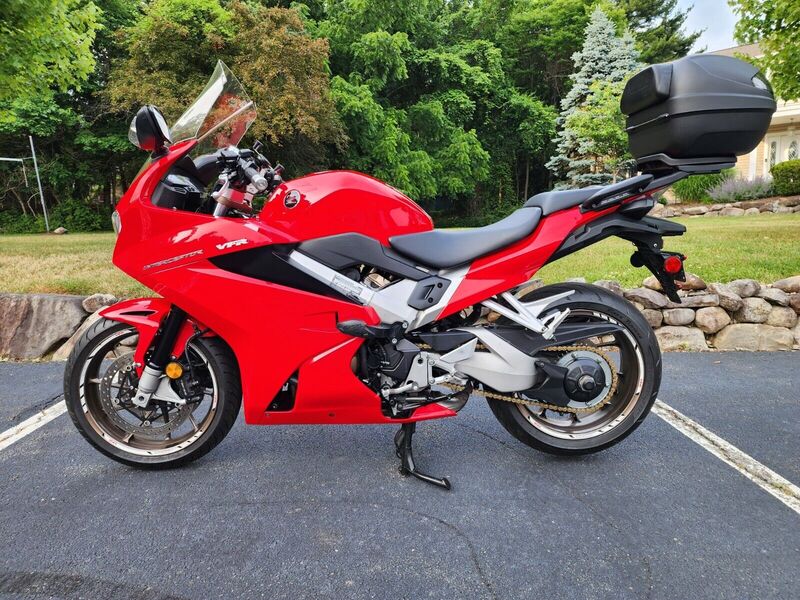
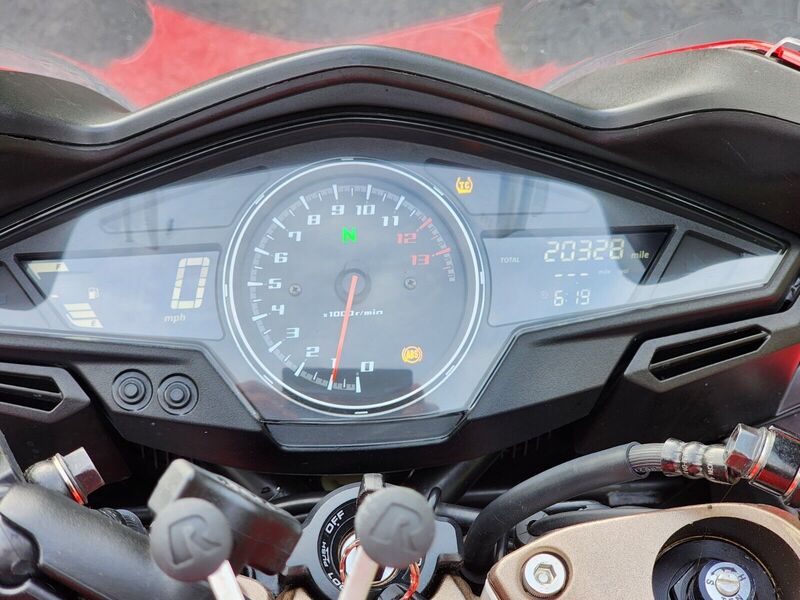
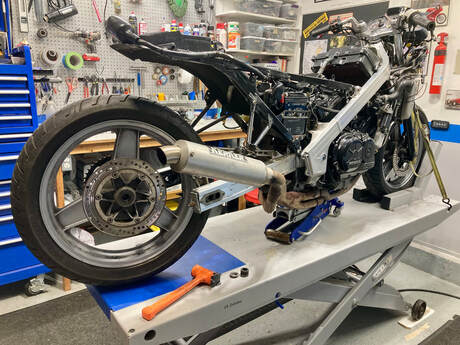

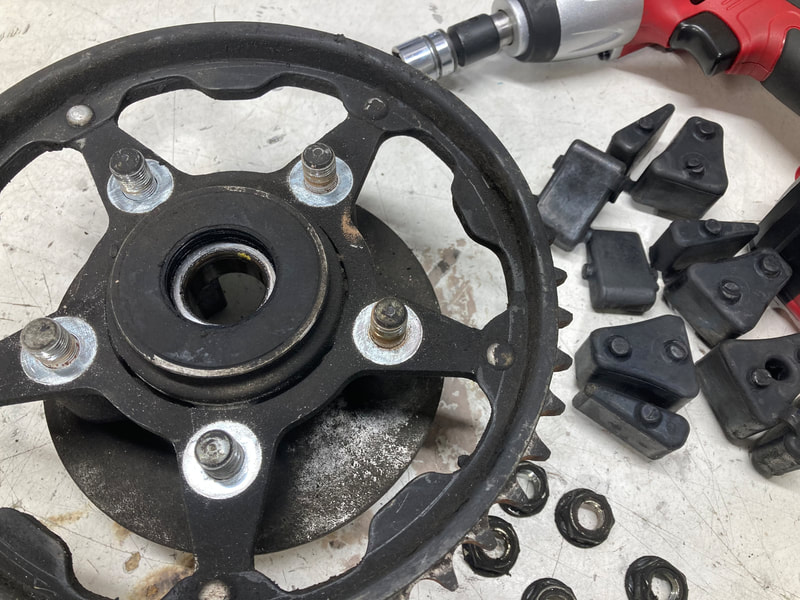
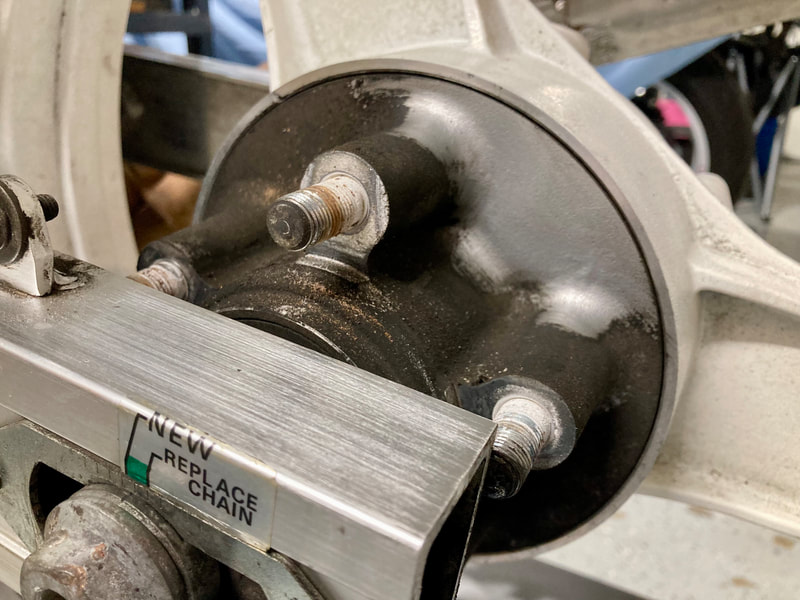
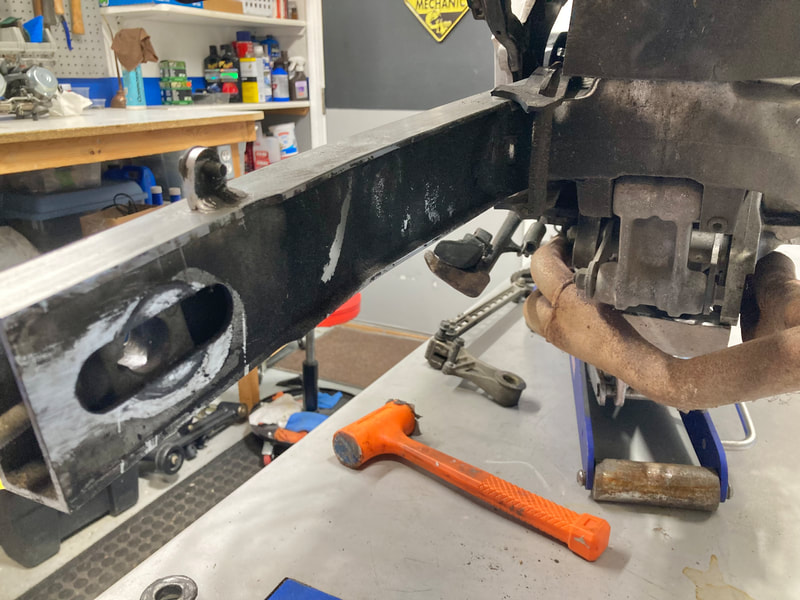
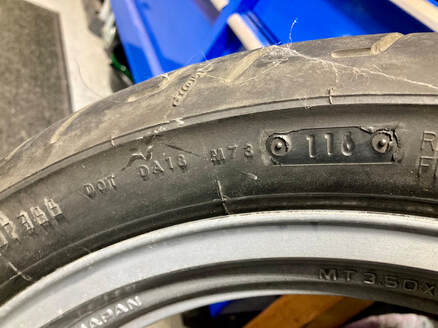
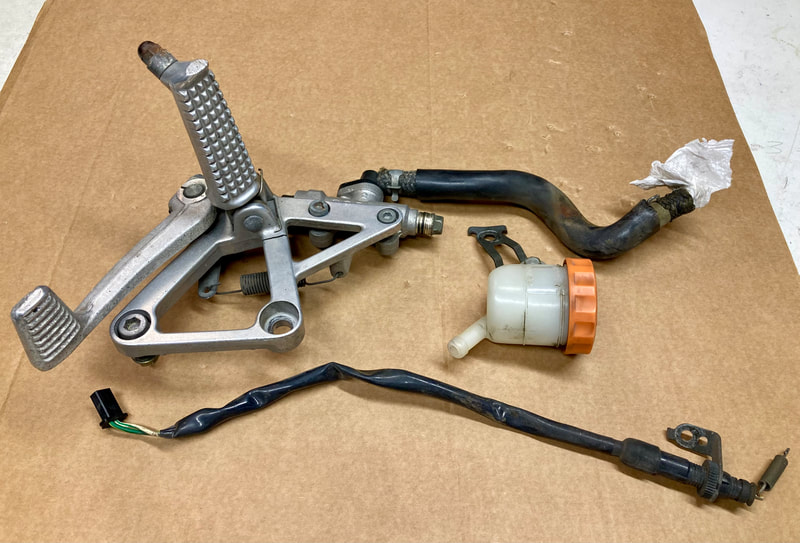
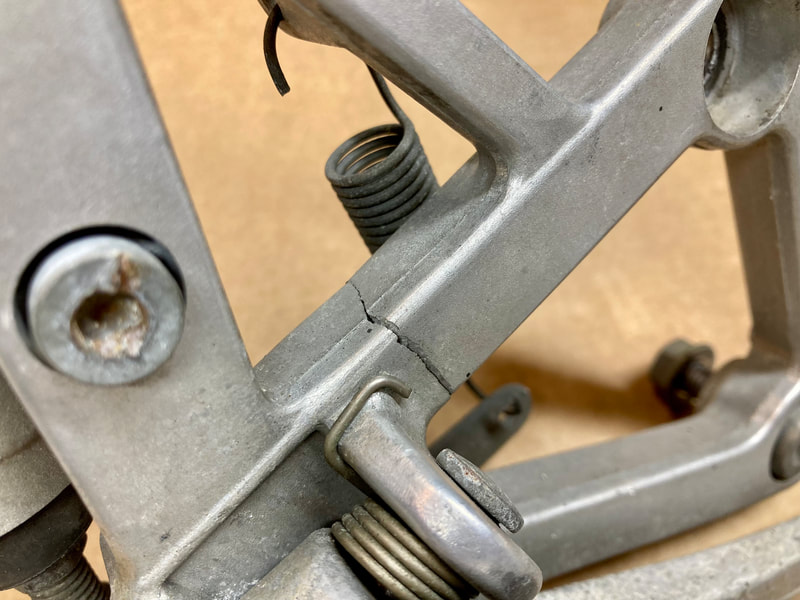
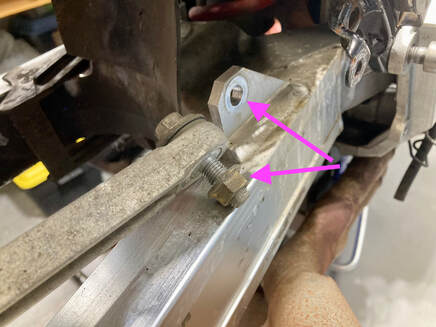
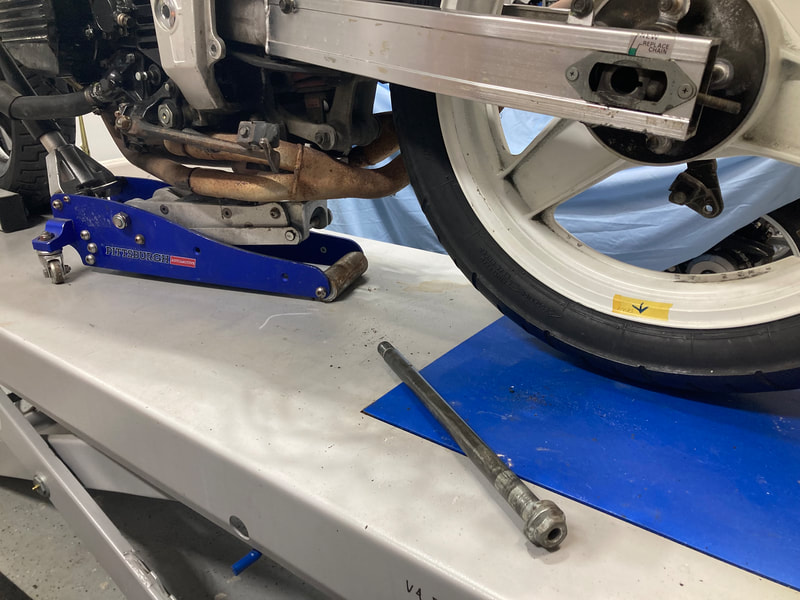
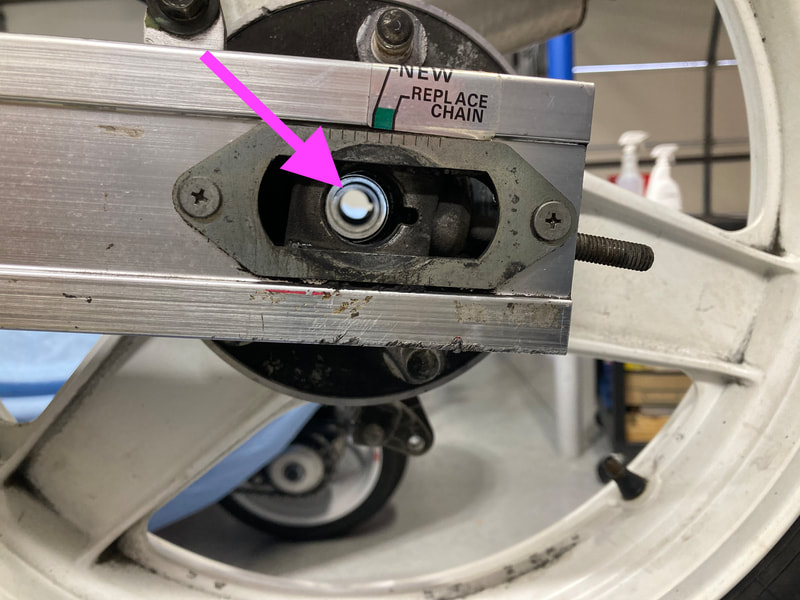
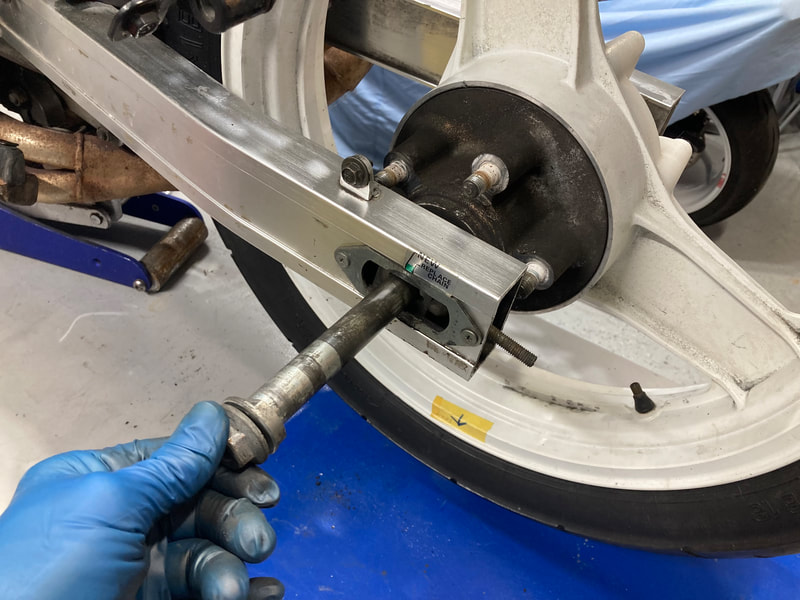
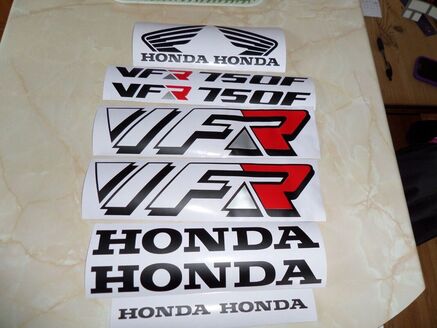
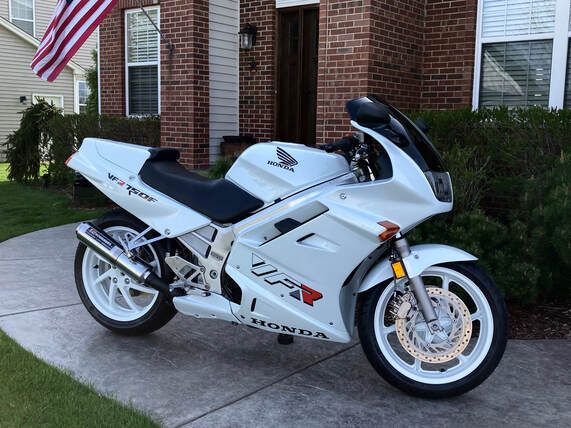
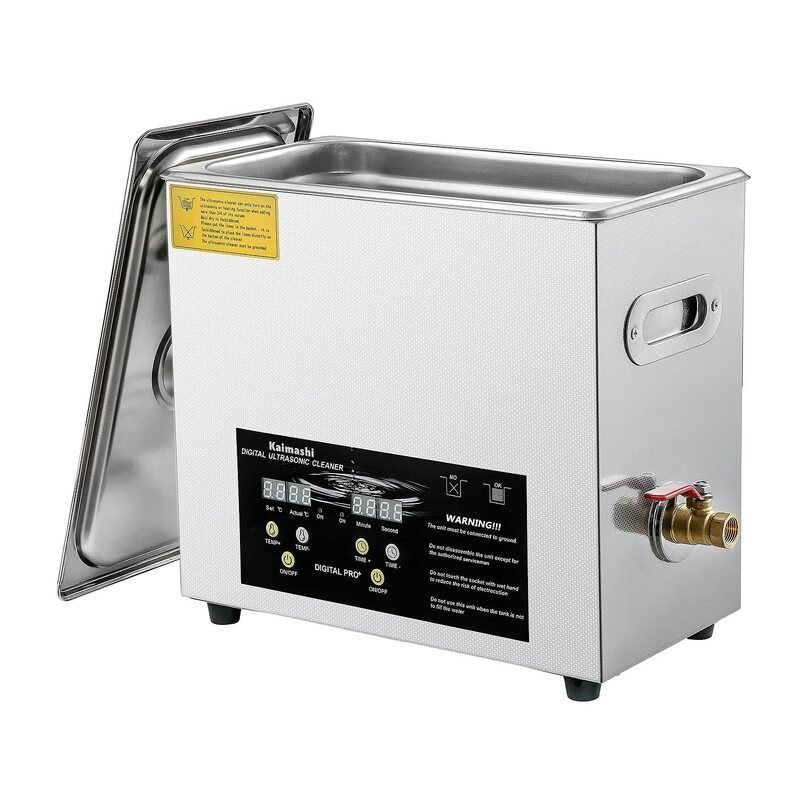
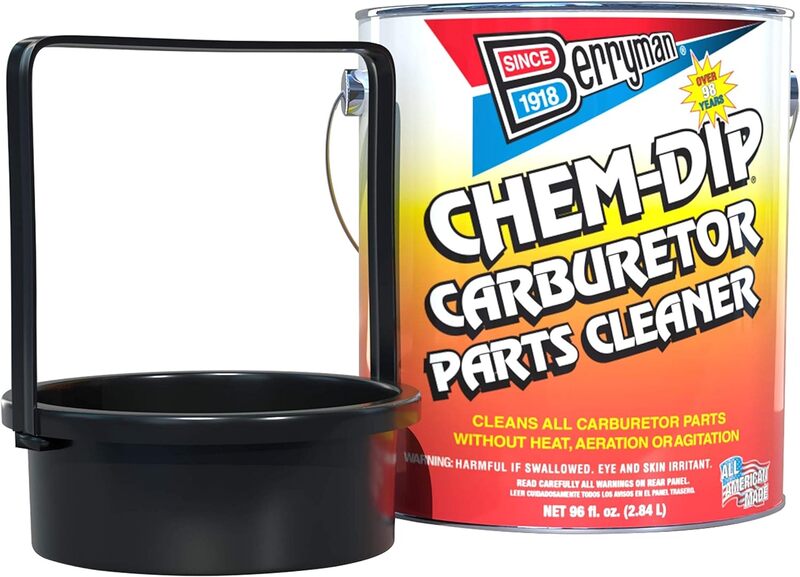
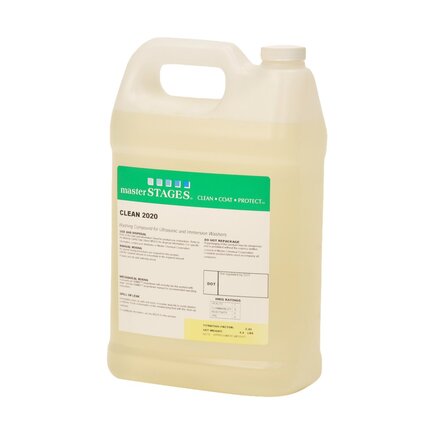
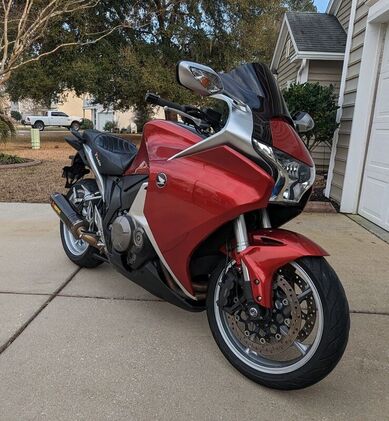
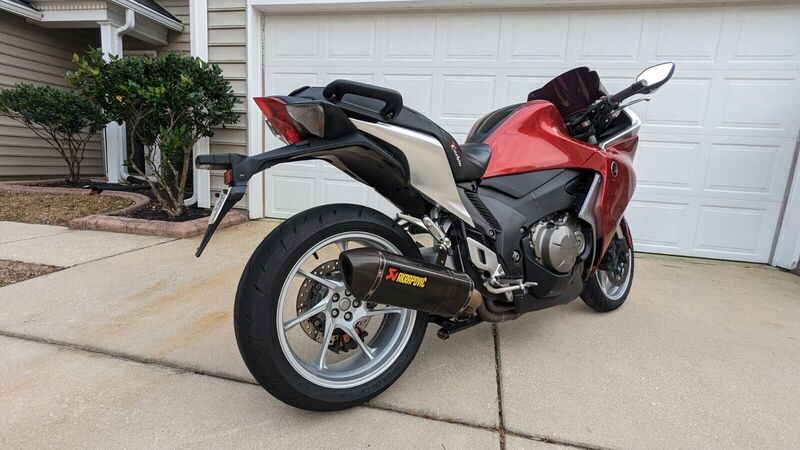
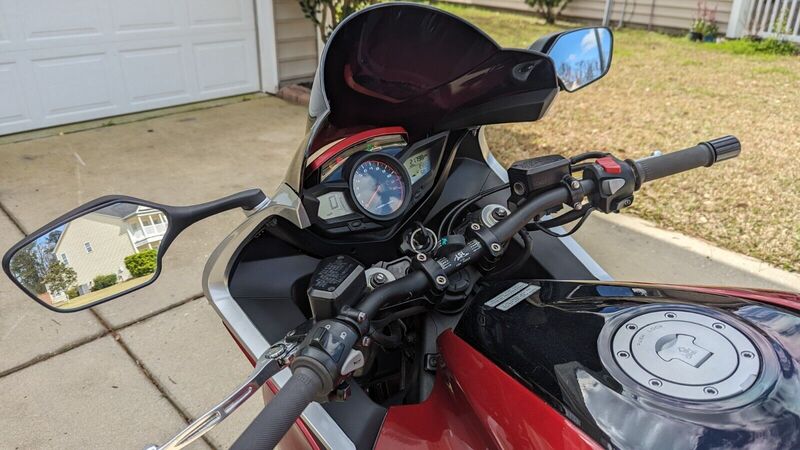
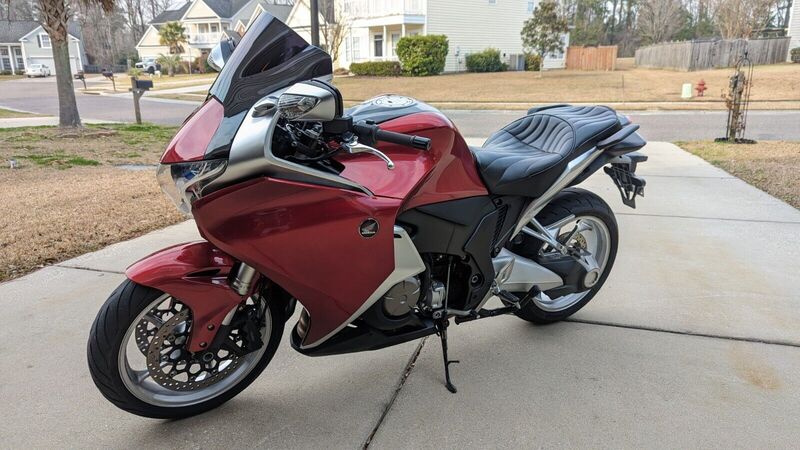
 RSS Feed
RSS Feed